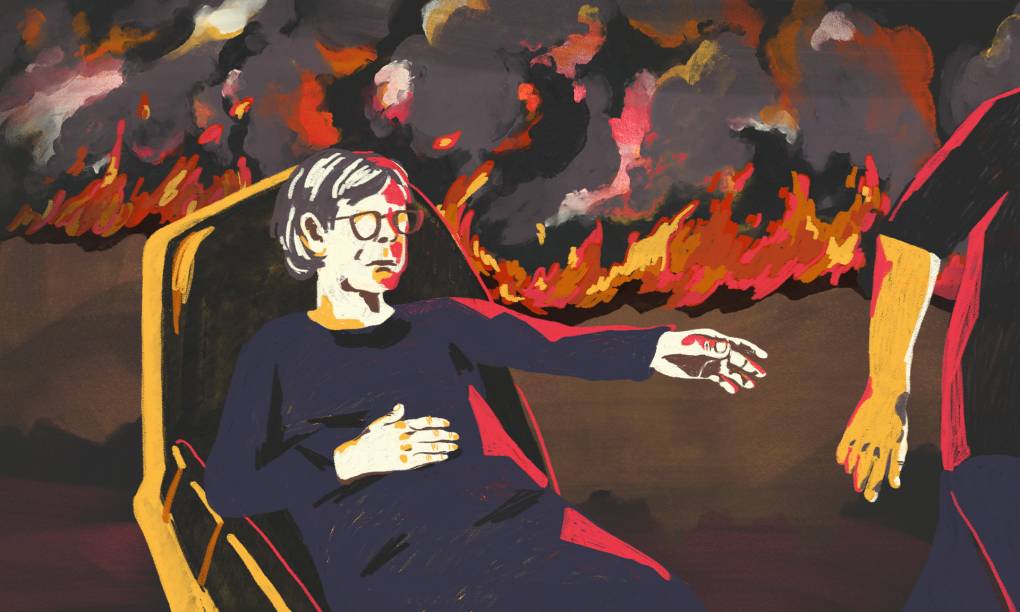
Older and overlooked
Climate change and COVID-19 are disasters. California is getting older faster than the rest of the country and demand for care facilities is rising. Meanwhile, critics say the laws governing emergency preparedness are weak and enforcement is lax.
A Murrow award winning KQED investigation found thousands of these facilities are at risk for wildfire.
In 2017, three-quarters of the people who died in the Tubbs Fire that ravaged Napa and Sonoma counties were over the age of 65. Long-term care facility staff abandoned nearly 100 seniors during the fire. When the Camp Fire destroyed Paradise, more than three-quarters of the identified victims were also older. Working with radio reporters, I sought to understand what California governments and communities were doing to protect a growing population of older people increasingly living in fire-prone areas.

Starting in summer 2019, I wrangled datasets from scientists, firefighters and state regulators to define fire-prone areas and see where older people lived in facilities and independently. Using data from state regulators, I found facilities that didn’t submit emergency plans, or were deficient. Regulators were doing little to enforce a new law governing evacuations. We talked to residents, family, and facility administrators in fire-prone areas. COVID-19 came, throwing the lax oversight and poorly written rules into stark relief.
Just weeks after publication, hundreds of older people were stranded in idling buses and folding chairs outside an evacuation center as the Glass Fire bore down on their retirement community.
Our series was awarded a Murrow for the best national investigative radio broadcast in 2020. But the best reward was when Jerry Canaday, 68, used a searchable map I developed with Lo Benichou of CalMatters to look up his fire risk. We had followed Canaday for years as he lost two homes to fires.